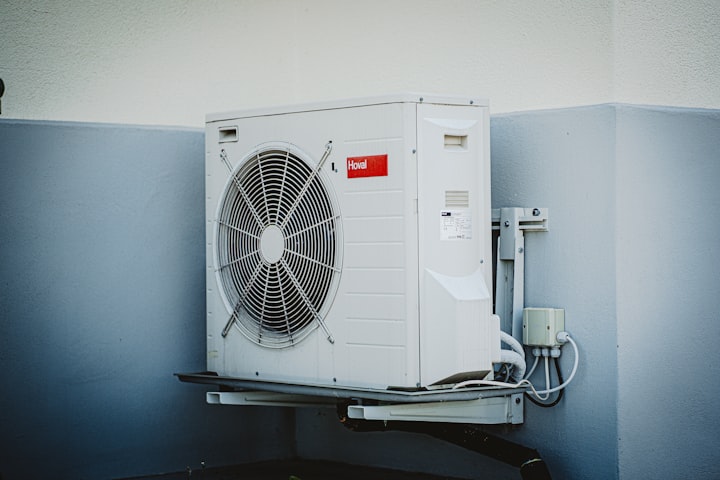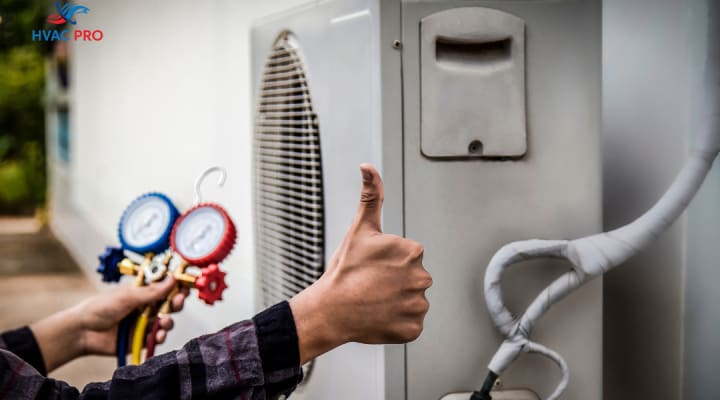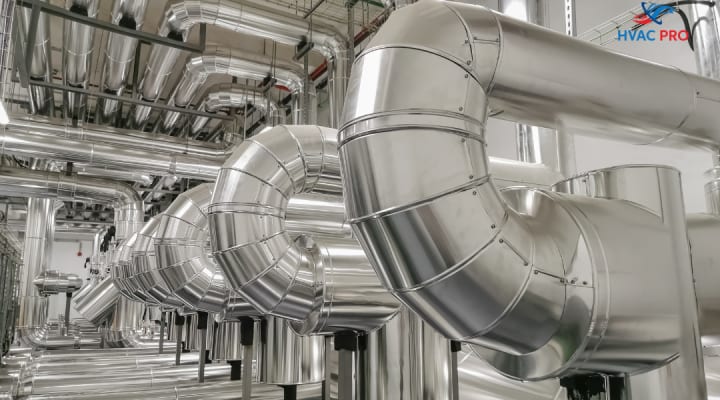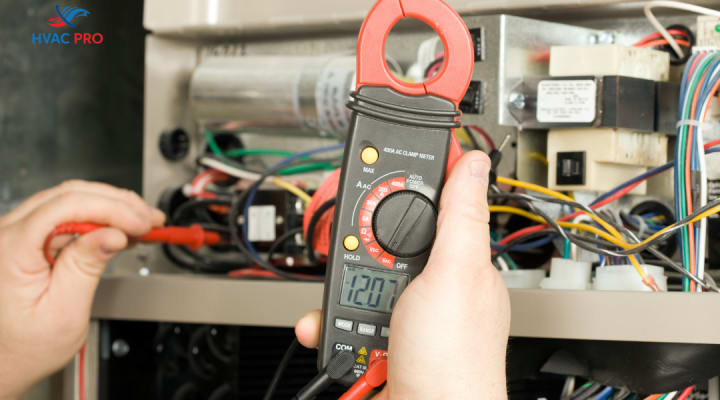Different Types of HVAC Systems
Different Types of HVAC Systems

What are the Different Types of HVAC Systems?
Along with keeping you cool in the summer and warm in the winter, your home's HVAC system can also purify the air you inhale. But if you want to do all that while staying within your budget, you must be sure that the HVAC system you choose for your home is right for you. You can confidently select the best HVAC system for your residence if you read the article below, which provides comprehensive information about the many types of HVAC systems.
What is an HVAC System?
An HVAC system is a mechanical device that regulates humidity and temperature in an area. HVAC stands for heating, ventilation, and air conditioning. These systems are available in several types, covering anything from small space heaters and AC units to central air conditioning and heating. These systems are created to circulate air and regulate the temperature of a living room. The three main components of an HVAC system usually include a heating unit, a cooling unit, and ducts for air movement.

HVAC System Types
Every HVAC system is further classified into ducted and ductless groups. To heat or cool a building, a ducted system uses a primary unit that forces air through a system of air ducts. Furthermore, because ductless systems lack ducts, different techniques exist for distributing clean air in an area.
The most popular kinds of HVAC systems are listed below so that you can fully understand them:
Split HVAC System
The most popular HVAC system types in buildings are split systems for heating and cooling. As time passes, this kind has increased in demand. The heating unit is installed in the basement of the building, and the cooling system is installed outside and then connected by a network of pipes to the building's ventilation. It generates cool air with compressors, coils, and refrigerant; a fan sends heated air out of the building. Furthermore, split HVAC systems have been divided into the following:
- Central air conditioning
- Systems of heat pumps
- Mini-split systems without ducts

Hybrid HVAC System
The framework of the heating and cooling unit of a hybrid split HVAC system is identical to that of a split system, but it produces heat without mainly using gas. Its heater can run on electricity and gas.

Packaged HVAC Systems
Although packaged HVAC systems are less common than split systems, their small size makes them an excellent option for locations with limited room for system installation. Even with just one hole in the wall, packaged HVAC systems are attached to a structure's supply and return ducts.

Geothermal HVAC Systems
Geothermal HVAC systems use liquid to produce heat instead of air. The technique warms water in a boiler and uses a network of pipes under the floors to transfer the heated water throughout the building. The liquid circulates heat throughout the area whenever it comes into contact with a thermostat. Furthermore, homeowners can set up hydronic flooring systems, which warm floors using geothermal energy.

HVAC Systems for Heating and Cooling
Heating and cooling HVAC systems control the air temperature inside your house using different cooling and heating systems. Your home's cooling system keeps you comfortable in hot weather, while the heating system adds more heat when the temperature goes towards freezing.

Heat Pumps
A heat pump is an HVAC system that transfers heat between rooms using the rule of mechanics. This technique distributes warm energy from its origin, like a room heater or solar panel, to the destination, such as outdoor air, via a refrigerant, an object that takes in and holds heat.

Components of the HVAC System
Learning each part of an HVAC system is the first step in doing good home maintenance, which includes keeping your system in working order. The main parts of an HVAC system are as follows:
Thermostat: The part of a heating and cooling system that is most apparent is the thermostat. You can set the ideal room temperature with this part.
Heat-Exchanger: The heat exchanger heats the icy air by absorbing heat from the heating process when the furnace starts working.
Blower Motor: Warm air is brought into your home by a fan powered by the blower motor. Air valves allow the air to enter the ducting.
Condensing Unit: By pushing the inside heat into the outside air, a condensing unit cools the home.
Air Ducts: Through the ductwork, warm or cool air passes into or out of the home.
The Evaporator Coil: The evaporator coil activates when your home needs chilly temperatures.
Air vents are steel parts with slats for distributing cool air from the pipes into the rooms.
Lines for Refrigeration: Between the exterior condenser unit and the interior evaporator coil placed above the boiler are refrigerant lines that transfer gas.
Conclusion
This page explains every kind of HVAC system. HVAC systems must satisfy a variety of standards. Although there are many different HVAC systems, you can now choose the one that is best for you. Maintaining the proper temperature is not the only purpose of HVAC; it also helps keep your home secure and comfortable. To avoid problems later, the system should be installed according to the area's dimensions and features.
About the Creator
Go Top Rated
Our Go top-rated professionals are highly qualified professionals who have achieved high ratings for their outstanding plumbing, drain cleaning, remodelling, moving, electrical & HVAC services. Trust our exceptional results.






Comments
There are no comments for this story
Be the first to respond and start the conversation.